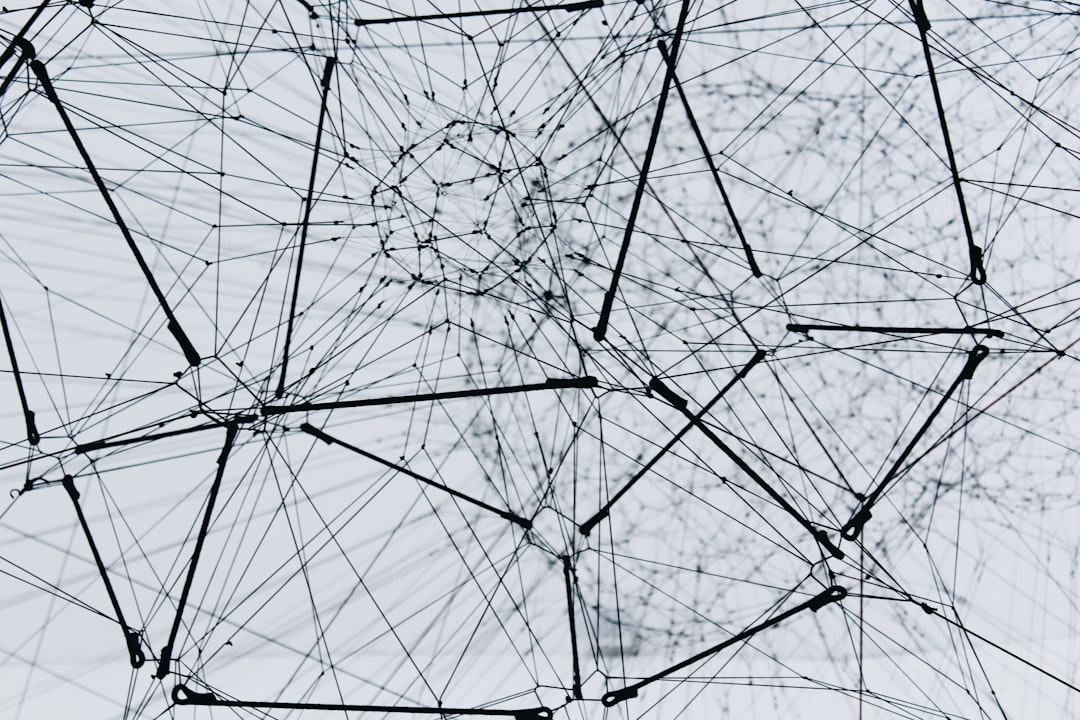What is it about?
Neural networks are a class of models that have proven effective at solving a wide range of tasks such as image classification and speech synthesis. In recent years, there has been an interest in applying the same formalism to create models of dynamical systems from data. This survey provides an overview of the distinct types of models encountered in literature and a practical guide on how they can be implemented.
Featured Image

Photo by Jan Huber on Unsplash
Why is it important?
Understanding the literature related to scientific machine learning requires a deep understanding of the physics of the specific problem, as well as a good grasp of the theoretical and practical aspects of machine learning. It is only a small subset of researchers that have a sufficiently deep understanding of both fields to fully appreciate what is described in the papers, which is detrimental to the development of the field. This survey introduces the most important model types in a way that is accessible to researchers from both fields by starting from the simplest examples and gradually building up the complexity.
Perspectives
I hope this paper helps demystify what the models associated with scientific machine learning actually are. Through this work, it has become clear that many "novel" methods only differs on a few points, like the choice of integration scheme or the use of regularization on the weights of the network. An implication of this is that these ideas can be combined independently to form new classes of models.
Christian Legaard
Aarhus Universitet
Read the Original
This page is a summary of: Constructing Neural Network-Based Models for Simulating Dynamical Systems, ACM Computing Surveys, November 2022, ACM (Association for Computing Machinery),
DOI: 10.1145/3567591.
You can read the full text:
Contributors
The following have contributed to this page










